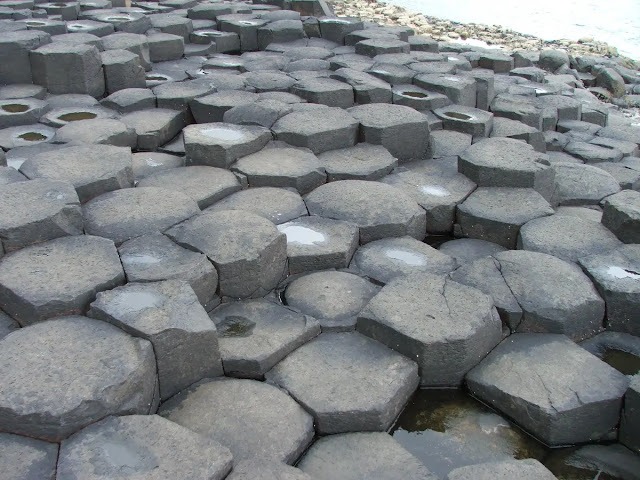What is Dioptase
Dioptase is a vivid emerald-green to bluish-green copper cyclosilicate mineral with chemical formula Cu₆Si₆O₁₈·6H₂O (Hydrated Copper Cyclosilicate). It forms as well-developed prismatic to short-tabular crystals and is prized as a collector gemstone.
Its name comes from the Greek words dia, meaning "through," and optos, meaning "visible," a reference to the mineral's internal reflections that can be seen through its transparent crystals when looking into its cleavage planes.
 |
| Dioptase specimens from Congo |
Uses and Historical Significance
While its fragility and relative softness make it unsuitable for most jewelry, dioptase is highly valued by mineral collectors for its vivid color and well-formed crystals.
Historically, dioptase has been used as a pigment. Archaeological evidence suggests its use as a green pigment for painting on statues as far back as the Neolithic period.
Ornamental Stone: Occasionally, it is cut and polished into cabochons or used in inlays for small decorative objects. However, its softness and perfect cleavage make this very difficult and impractical.
Because of its copper content, dioptase dust can be toxic if ingested, and specimens should be handled with care.
Key Properties and Characteristics
- Chemical Formula: Cu₆Si₆O₁₈·6H₂O (Hydrated Copper Cyclosilicate)
- Crystal System: Trigonal
- Color: Vivid emerald-green, bluish-green.
- Luster: Vitreous (glass-like).
- Streak: Green to pale green.
- Hardness: 5 on the Mohs scale. This is relatively soft, meaning it can be easily scratched and is not suitable for most jewelry.
- Cleavage: Perfect in three directions (rhombohedral), which makes it very fragile and prone to breaking.
- Transparency: Transparent to translucent.
- Diaphaneity: Often transparent with a gemmy appearance.
- Specific Gravity: 3.3 (above average for a mineral).
 |
| Dioptase on Quartz from Christoff Mine, Kaokoveld Plateau, Kunene Region, Namibia. |
How is it Formed?
Dioptase is a secondary mineral, meaning it forms from the weathering of pre-existing rocks and minerals. It crystallizes in the oxidation zones of copper sulfide deposits, a process particularly common in arid climates like deserts.
Formation Process:
- Exposure: Primary copper minerals (like chalcopyrite) are exposed to oxygen and water near the Earth's surface.
- Weathering: These minerals break down, releasing copper ions into groundwater.
- Interaction: The copper-rich fluid then interacts with dissolved silica (SiO₂).
- Crystallization: Under the right chemical conditions, these elements combine and crystallize to form dioptase.
Due to this formation process, dioptase is commonly found associated with other secondary copper minerals like malachite, chrysocolla, azurite, and often with limonite and quartz.




%20(1).webp)




